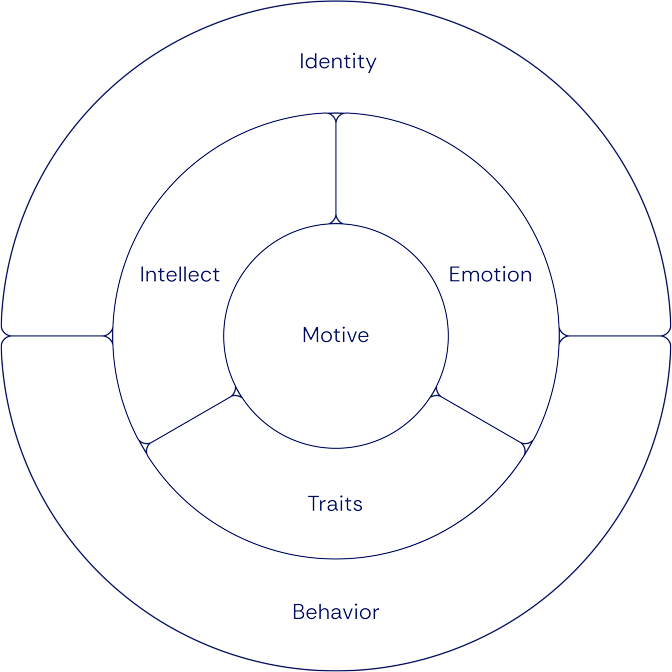Blindspotting reveals the blindspots that can hold you back as a leader. The book, assessment, and coaching program help you uncover your blindspots and do something about them.


Blindspotting reminds us that while we can’t control everything in business, we can control how we show up, make decisions, and lead—and that’s where real power lies.
Leaders already know the strengths that have driven their success, but they need insight into
what’s holding them back when those same strengths become blindspots.
That’s where Blindspotting comes in.
The Blindspotting Self-Awareness Model moves beyond intuition by providing a blueprint to spot and understand leadership blindspots, breaking them down into six key areas to help identify and improve ineffective leadership behaviors.
Motive is the 'why' behind what we do. Leaders with motive blindspots either don’t see what’s pushing them or lean too hard on one driver. We may not change our core motives, but by becoming more aware of them, we can respond with intention instead of just reacting—making us more effective leaders.
Intellect isn’t just IQ—it’s how you think and solve problems. Blindspots happen when leaders lean too much on one way of thinking and ignore the rest.
Emotions can boost leadership when handled well, but if ignored or unchecked, they become blindspots. Leaders with emotion blindspots often struggle to regulate their feelings or see their impact on others.
Traits shape how we lead, but when overused or underused, they can turn into blindspots. A strength pushed too far can backfire, and ignoring key traits can leave gaps. Knowing these patterns helps you lead with more intention and impact.
Your behavior is what others see every day—and it’s shaped by your blindspots. Paying attention to how you show up can have a big impact on your leadership.
Identity is how you define yourself—the roles you believe you play in your life and career. It’s about the nametags you wear as you move through the world, shaped by both your own self-perception and the roles others assign you, consciously or not.






